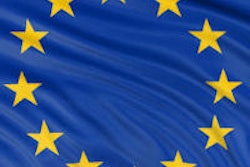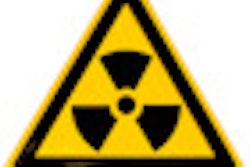
An International Atomic Energy Agency (IAEA) survey of 40 countries has confirmed the overwhelming majority has established unique patient identification numbers for their citizens and residents, according to an article published in the April issue of the American Journal of Roentgenology.
Thirty-three developed and developing countries, or 82.5%, responded they assign unique identification numbers for the lifetime of a patient. The countries that responded represent a global mix, including 22 in Europe, five in Asia, four in Central America, three each in Asia and the Middle East, two in South America, and one in North America. The combined population of the participating countries, which included China and Russia, exceeded 2 billion people, approximately 28% of the global population (AJR, April 2013, Vol. 200:4, pp. 776-779).
 Madan Rehani, PhD.
Madan Rehani, PhD.
Lead author Madan Rehani, PhD, a radiation safety specialist from the IAEA's Radiation Protection of Patients Unit in Vienna, reported when diagnostic imaging exams are ordered and performed, 18 of the 33 countries responded that patient identification numbers are associated with the exams.
Fifteen of the countries stated the unique identifier is incorporated in the patient record and can be used for tracking all of a patient's radiology exams. A total of 18 stated a unique exam number is assigned to each exam, but exams can be tracked by using a patient's name. The article did not identify these responses by country, so it was not possible to determine if or where there was overlap with respect to type of identifiers used.
However, less than one-third of the countries have regulations that require the tracking of radiation exposure of patients. Twelve countries responded affirmatively and 28 countries stated they did not. The response was identical in number for a question asking if regulations required recording of the radiation dose of a CT exam.
Nonetheless, the authors viewed these findings positively. "It is highly encouraging to note that most of the countries in which the survey was administered already have unique identification numbers for citizens and that nearly one-half of these countries are using the number whenever a patient undergoes a medical imaging exam," they wrote. "That nearly one-third of the countries, all 12 in Europe, support regulations requiring the tracking of patient radiation exposure is an important finding."
A lack of a technology infrastructure was the cause of eight out of 15 countries that did not have a unique patient identification program in place, according to the survey. Only two countries specifically stated concerns about confidentiality were reasons for not implementing such a program.
More than half of the countries plan to implement a national PACS, but of the 21 respondents, only one country has a national PACS infrastructure in place. Seven countries expect a national PACS implementation to be completed within two years, and an additional three within five years.
Eighty percent of respondents said PACS were used in some of the country's hospitals, and an additional two countries reported more prevalent use. However, only six countries reported widespread use of PACS in the majority of their hospitals, a response that was consistent with the number of countries that plan to have country-wide PACS implementation within 24 months.
The survey was based on data submitted between November 2011 and January 2012.



















